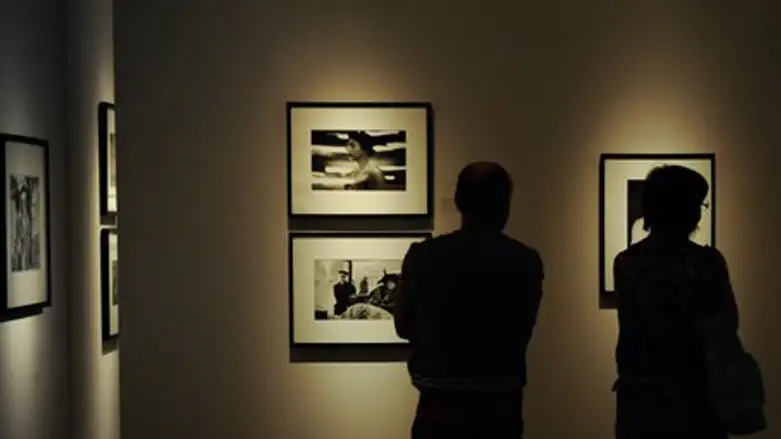
A Swiss gallery has denied illegal involvement with Cornelius Gurlitt, the man found Sunday to be hoarding nearly 1,500 priceless paintings, including works by Picasso and Matisse, that were stolen by the Nazis in a Munich flat. While the gallery, which is based in Swiss capital city Bern, admitted to buying legitimate works from Gurlitt, they also stated today (Monday) that "the last business and personal contacts between the Galerie Kornfeld and
Cornelius Gurlitt go back to 1990."
Yesterday (Sunday), the German weekly Focus reported that police came upon the paintings in 2011, during a search in an apartment belonging to the octogenarian son of art collector Hildebrand Gurlitt, who had bought them during the 1930s and 1940s.
The gallery also rejected German media reports that Gurlitt had been heading to the gallery when he was stopped by German customs authorities in September 2010. Gurlitt, now 80, had been caught on a train from Switzerland to Munich carrying large amounts of cash, leading authorities to search his apartment on suspicions of tax evasion in early 2011.
The Galerie Kornfeld said Monday that it had bought in 1990 what was then 38,250 Swiss Francs' worth ($29,860) of artworks on paper which had been pulled from German museums by the Nazi regime in 1937 after being deemed "degenerate." The elder Gurlitt then bought the works for cheap in 1938, the gallery insists, adding that the details "cannot be challenged."
"It is important to make a distinction between works that were looted and those that were seized by the National Socialists as 'degenerate art', which can be bought freely to this day," the museum said.
The elder Gurlitt, who had a Jewish grandmother, was a well-known collector of the Nazi-hated modernist art, and became indispensable to the Third Reich as a sales agent for 'degenerate works' to collectors abroad. Gurlitt apparently secretly sold some of the works to German collectors and kept the rest, claiming that they had been destroyed in a bombing raid.
German and Jewish officials have disagreed with the Swiss statements, maintaining that, in all likelihood, some or all of the 1500 works were stolen from Jewish families by Nazis.
The head of the Central Council of Jews in Germany, Dieter Graumann, led calls for an exhaustive search for the provenance of the paintings, at least 200 of which were officially reported missing.The spectacular find "makes clear once again that the Holocaust was not only a mass murder, it was a mass deadly hold-up," he told the WAZ newspaper group.
Anne Webber, founder and co-chair of the Commission for Looted Art in Europe, called the case "the tip of the iceberg".
"People have been looking for their looted art for 75 years now so if there are 1,500 paintings here it stands to reason that there are a lot of looted paintings that belong to families which should be returned to them," Webber told BBC television. Webber cited the fact that German authorities had still not published a list of the works or located a single rightful owner as suspicious, saying that "there's a culture of secrecy."
Among the paintings discovered was one by Henri Matisse that has already been confirmed to have belonged to Jewish art collector Paul Rosenberg.
While German leaders have officially stated that there have been no calls for restitution, Webber insists that restitution efforts are of paramount importance. "These were works that were taken from families whose lives were utterly destroyed or transformed by the Nazis, and so for them the return of this art is both justice and a form of reconnection to that life that was taken away from them," she said.